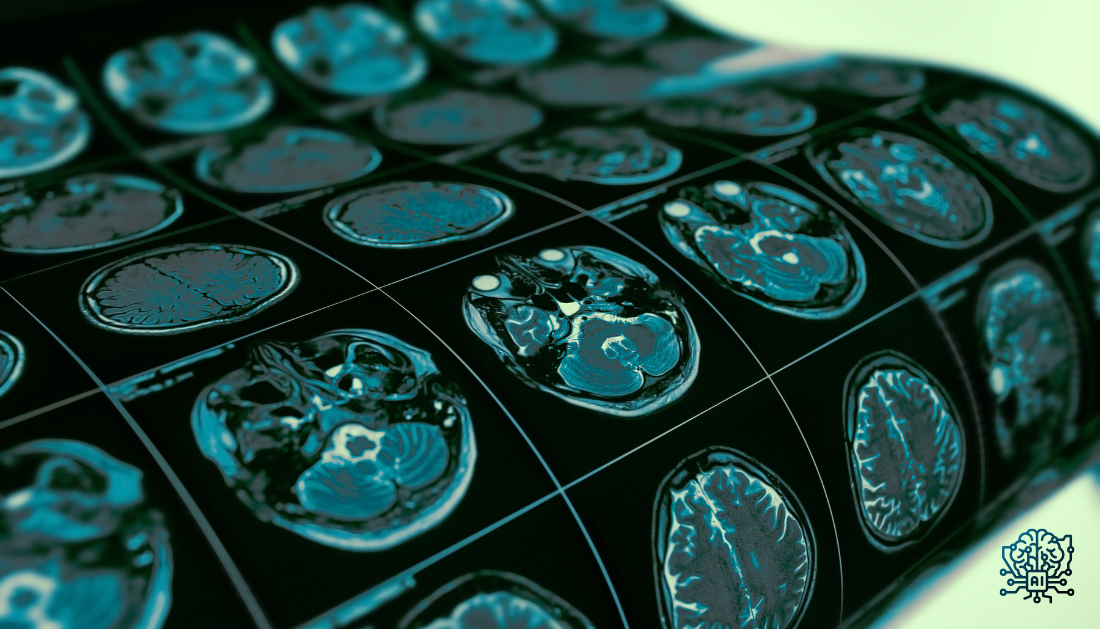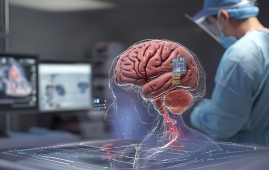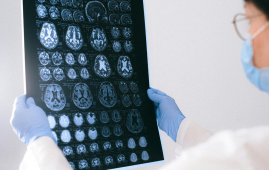

Transforming Seizure Prediction in Epilepsy
Seizure prediction remains a critical challenge in epilepsy management, with millions of patients at risk of sudden, potentially life-threatening events. Traditional statistical models analyzing EEG brain wave patterns have often outperformed standard deep learning approaches in forecasting seizures. Now, engineers at the University of California, Santa Cruz, have developed a future-guided AI system that dramatically enhances seizure prediction by learning from near-future data. The technique, published in Nature Communications, improved prediction accuracy by up to 44.8% in patient-specific tests, representing a major advance in personalized epilepsy care.
Explore All Neurology CME/CE Conferences and Online Courses
Understanding Future-Guided Learning
The system uses two complementary deep learning models, called the teacher and student. The teacher evaluates EEG data closer to the seizure event and determines whether a seizure is occurring. The student model works 30 minutes in the past and receives the teacher’s insights, effectively learning from future data. This knowledge transfer enables the student to make more accurate seizure predictions than conventional AI models.
Skye Gunasekaran, lead researcher and undergraduate student, explained:
“When the teacher model detects a high seizure probability, it triggers the student to associate current brain patterns with potential seizures. This continuous learning improves predictive accuracy and allows adaptation to individual EEG signals.”
This method supports personalized seizure management without requiring constant clinician intervention.
Healthcare professionals and specialists interested in the latest developments can access detailed study information here: Clinical Advances in Epilepsy.
Clinical Implications and Real-World Benefits
The researchers validated the method using EEG data from real patients in two datasets: Children’s Hospital Boston, MIT, and the American Epilepsy Society. Patient-specific predictions improved by 44.8%, while generalized datasets still achieved an 8.9% increase over baseline methods. The technique also performed well on standard benchmarking tasks, demonstrating versatility beyond epilepsy applications.
This brain-inspired AI draws from the human cortex’s predictive mechanisms, processing unexpected events and adjusting predictions dynamically. Integration with wearable EEG devices offers real-time, individualized seizure forecasts, which could help reduce emergency interventions, optimize therapy, and enhance patient safety.
Implications for Healthcare Professionals
For neurologists, epileptologists, and healthcare providers, future-guided AI represents a transformative tool in epilepsy care. It enables accurate forecasting of seizures, personalized intervention planning, and seamless integration with digital health monitoring systems. Adopting this technology could reduce hospitalizations, improve patient outcomes, and enhance precision in seizure management across diverse clinical settings.
Source:
more recommended stories
 Safer Allogeneic Stem Cell Transplants with Treg Therapy
Safer Allogeneic Stem Cell Transplants with Treg TherapyA new preclinical study from the.
 AI in Emergency Medicine and Clinician Decision Accuracy
AI in Emergency Medicine and Clinician Decision AccuracyEmergency teams rely on rapid, accurate.
 Hypnosis Boosts NIV Tolerance in Respiratory Failure
Hypnosis Boosts NIV Tolerance in Respiratory FailureA New Approach: Hypnosis Improves NIV.
 Bee-Sting Microneedle Patch for Painless Drug Delivery
Bee-Sting Microneedle Patch for Painless Drug DeliveryMicroneedle Patch: A Pain-Free Alternative for.
 AI Reshapes Anticoagulation in Atrial Fibrillation Care
AI Reshapes Anticoagulation in Atrial Fibrillation CareUnderstanding the Challenge of Atrial Fibrillation.
 Hemoglobin as Brain Antioxidant in Neurodegenerative Disease
Hemoglobin as Brain Antioxidant in Neurodegenerative DiseaseUncovering the Brain’s Own Defense Against.
 Global Data Resource for Progressive MS Research (Multiple Sclerosis)
Global Data Resource for Progressive MS Research (Multiple Sclerosis)The International Progressive MS Alliance has.
 AI Diabetes Risk Detection: Early T2D Prediction
AI Diabetes Risk Detection: Early T2D PredictionA new frontier in early diabetes.
 Cancer Cells Learn to Self-Report: A New Frontier in Immunotherapy
Cancer Cells Learn to Self-Report: A New Frontier in ImmunotherapyHow a Drug Complex Enables Immune.
 Staphylococcus Shows Complex Enzyme Redundancy, Study Finds
Staphylococcus Shows Complex Enzyme Redundancy, Study FindsA Bacterial Pathogen That Refuses to.

Leave a Comment